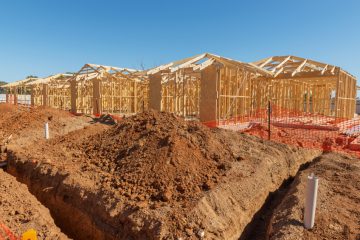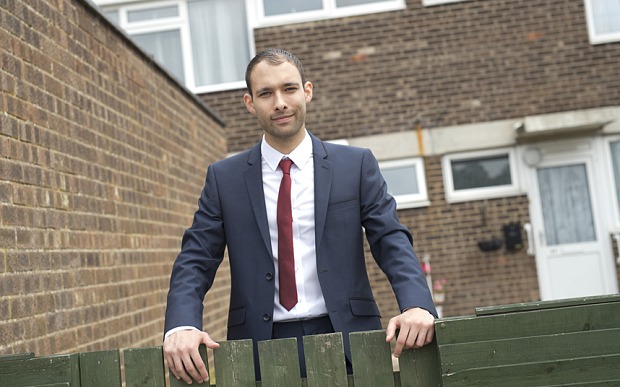The future is looking bleak for buy-to-let investors as mortgage rates are set to rise and landlords face higher taxation.
The Bank of England (BoE) has hinted that an interest rate increase is due around the New Year, which will likely push up mortgage rates from current record lows.
Additionally, changes to landlord mortgage interest tax relief were announced in the summer Budget, cutting the relief to the basic rate of income tax, 20%.
Many buy-to-let investors now fear the future of their businesses, but one 26-year-old property investor has high hopes for the sector.
Ryan Windsor has a portfolio of 11 properties that he’s been growing since the age of 18, when he invested £6,250 of savings in his first venture in Thetford, Norfolk.
Over the past eight years, Ryan has built a portfolio that he believes will continue to prosper, despite forthcoming issues.
Ryan is a Cambridge graduate who purchased properties when prices were low and stress tests his portfolio to protect it against future challenges.
Ryan, of Thetford, first became interested in property in 2006 when house prices in his area dropped by up to 50%.
He recalls: “Repossessions were increasingly common and many people were put off buying property altogether, but I saw it as an opportunity to get a good deal.”
He bought a repossessed three-bedroom terraced house for £62,500 on his street. He used his £6,250 savings as a 10% deposit – he saved while studying and worked part-time. He spent around £8,000 on renovating the home, with the money coming from inheritance.
At the time, the area experienced strong demand from migrant families for rental property, but these homes were often in poor condition.
Ryan realised that he could build a business by providing a better standard of living. He began searching for similar properties that were selling at a discount.
He states: “I now own most of my street. I know the properties in the area are well built and they are ideal for families.”
Unlike many investors, Ryan did not remortgage his existing properties in order to buy more. He saved the required deposits while working.
In the first few years, the homes he purchased were all repossessions in need of complete refurbishment, which generally cost between £8,000-£15,000.
Ryan charges between £600-£650 per month in rent. In the last eight years, he has had just one two-week void period and his typical tenancy lasts four years.
He claims that he rarely has trouble with late or missed rent payments and spends between five and ten hours a week on landlord responsibilities.
He says: “Over the last eight years, I’ve had tenants from Portugal, Poland, Latvia and Lithuania. There is a perception that migrants come to the UK and go onto benefits, but my tenants have all been really hard workers who are drawn to the area because of the good employment opportunities, particularly in agriculture and factory work.”
Homes on Ryan’s street are now worth up to £140,000, but he has paid a maximum of £110,000.
All 11 properties are still mortgaged, with 80% on interest-only loans and 20% on a capital repayment basis.
Ryan protects his portfolio by constantly stress testing his business plan. He safeguards against rising mortgage rates by ensuring he can still make a profit at rates of up to 9%.
The changes to mortgage interest tax relief proposed by Chancellor George Osborne will increase his tax bill, but Ryan always assumes that no relief is available when calculating his returns, so he sees even 20% as “a bonus”.
Ryan states that his portfolio’s gross return – the rental income as a percentage of the cost of the properties – is 19%.
He says: “My original goal was to achieve financial freedom, which I’ve done. Initially, I wanted to build a buy-to-let empire with hundreds of properties, but I’ve realised that it’s better to have fewer properties and better cash flow.
“Landlords often get a bad name and while there will always be those who cram 20 people into a two-bed flat to maximise their profits, there are many who genuinely want to provide a good service to their community.”
Ryan’s tips for landlords
- “Get to know your target area well. Find out what type of properties are in demand, what type of tenants are attracted to the area and how much they can typically afford to pay.
- “Familiarise yourself with local legislation. Councils often have their own rules about health and safety requirements in rental properties for example, which are essential but can be costly, especially if you get them wrong.
- “Build a good relationship with your local council. They are typically very happy to offer advice and work closely with landlords.
- “Find a team of good, reliable tradesmen who can help you fix any maintenance issues quickly.”1
1 http://www.telegraph.co.uk/finance/personalfinance/investing/buy-to-let/11767771/I-own-most-of-my-street-buy-to-let-investor-26.html











